Fuel is one of the most expensive long-term costs related to owning a car in Australia, with the average Australian (surveyed by Budget Direct) paying $68.94 for fuel each time they refill their car. [1]
While the introduction of electric vehicles promises to remove the need for traditional fuel, to make this a viable alternative, there still needs to be further investment in Australia’s electric vehicle infrastructure in the coming years.
Why choose a fuel-efficient car?
There are two main reasons why Australians want more fuel-efficient cars. The first, and some would say the most obvious, is the cost of fuel consumption and how it contributes to the rising cost of living in Australia.
Budget Direct found that 77% of Australians surveyed believe fuel costs have significantly increased in price despite more than half of participants seeing no change to their average income from 12 months prior. [2]
In 2022 Australians spent 27% of their yearly car running costs on fuel. [3]
The second reason is that a portion of Australians are committed to decarbonising their transport choices. In 2022, 3.1% of all motor vehicle sales were attributed to electric vehicles. [4]
The increased uptake of electric vehicle models means Australians are looking to meet fuel efficiency standards.
Most Fuel-Efficient Hybrid Cars
Here is our list of some of the most fuel-efficient hybrid vehicles in Australia.
Toyota Corolla
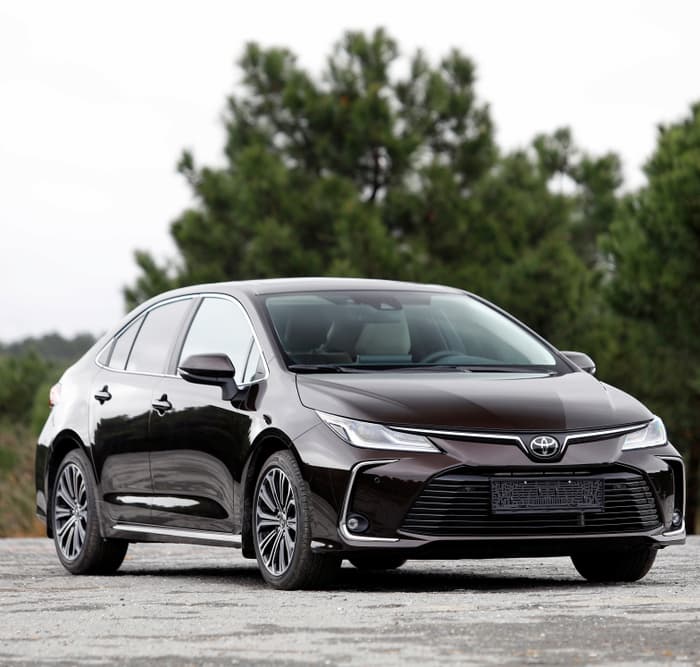
Toyota Corollas have been sold in Australia since 1966 and since then have become the world’s best-selling vehicle, several times over. And the Toyota Corolla hybrid model is known to be a dependable, efficient, quiet and refined small car model.
The fuel economy for this model can be as low as 4.0 L/100 km. [5]
Pros:
-
Great to drive
-
Fuel efficient
-
Supportive and comfortable seats
Cons:
-
No spare wheel
-
No wireless Android Auto
-
Limited rear seat room
Read the full review on the Toyota Corolla Hybrid from our friends at Chasing Cars.
Hyundai Ioniq
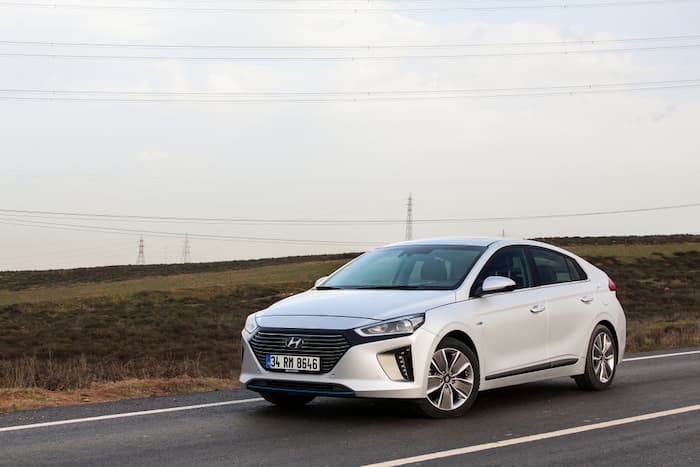
Hyundai’s latest variant in the electric vehicle market the Ioniq (specifically the Ioniq 6) offers a sleek alternative to traditional sedans and clunky SUVs.
Electric cars are more energy efficient than hybrid models and contribute to an improved fuel economy.
Pros:
-
Low running costs
-
Bluelink connectivity
-
Solidly built
Cons:
-
Expensive model
-
Small boot and storage
Read the full review on the Hyundai Ioniq 6 from our friends at Chasing Cars.
Toyota Camry Hybrid
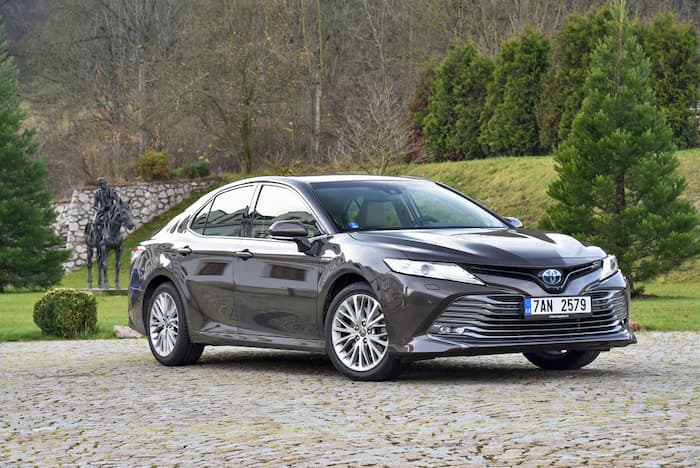
The Toyota Camry Hybrid is a sporty and affordable model for the average Australian family. It maintains excellent ride quality and safety technology to form the ideal family car.
The fuel economy for this model is 4.7 L/100 km and the average driving range is 1,063 km. [6]
Pros:
-
Affordable Hybrid model
-
Fuel efficient
-
Sporty style
Cons:
-
No V6 option anymore
-
No heated seats
-
Low-resolution infotainment graphics
Read more information on the new Toyota Camry from our friends at Chasing Cars.
Most Fuel-Efficient Diesel Cars
Here is our list of some of the most fuel-efficient vehicles with diesel engines in Australia.
Audi Q5
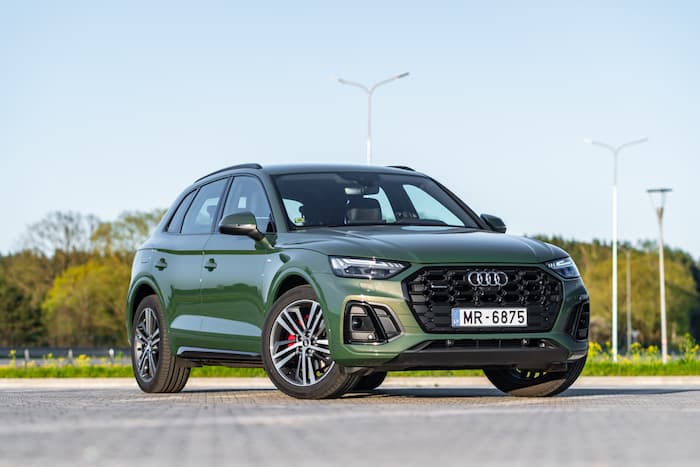
The Audi Q5 is a popular midsize SUV and is known as the most fuel-efficient diesel SUV model in the Australian market.
This model consumes 4.8L/100km and is capable of travelling an average range of 1,458 km on one tank of diesel. [7]
Pros:
-
Fuel efficient
-
Produces fewer tailpipe emissions
-
Meets the Euro 6d emissions regulations
Cons:
-
Expensive price range
-
Not as fuel-efficient as a hybrid or electric vehicle
Read the full review on the Audi Q5 from our friends at Chasing Cars.
Audi A4
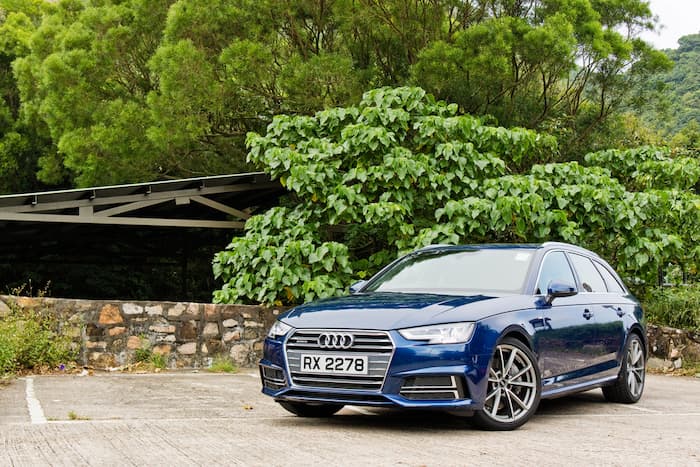
Known as a sleek and refined car, the Audi A4 is a beautifully-built sedan with innovative design features and an impressive driving experience.
The Audi A4 consumes 7.1 L/100 km and is capable of travelling an average range of 816 km on one tank. [8]
Pros:
-
Engaging driver experience
-
Excellent multimedia experience
-
Effective active safety features
Cons:
-
Expensive servicing costs
-
Average running costs
Read the full review on the Audi A4 from our friends at Chasing Cars.
Mazda CX-60
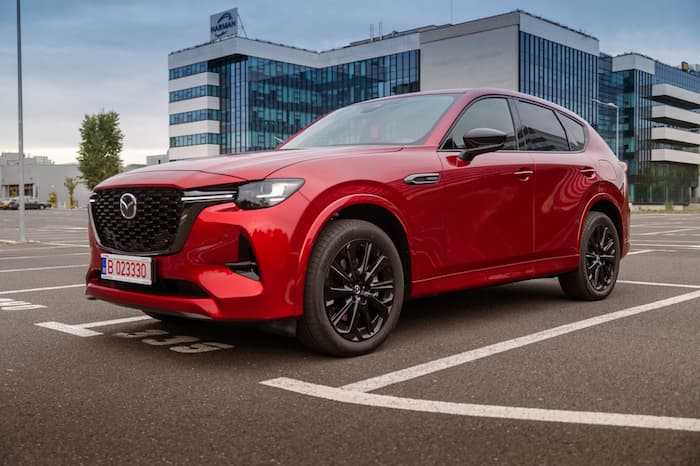
Arriving in the luxury SUV market, the Mazda CX-60 was due to launch with a low-output engine which was then replaced with a turbocharged engine instead.
Mazda claims that the “fuel efficiency of its 3.3 litre inline-six engine matches the fuel economy of its smaller 2.5 litre four-cylinder petrol engine”. [9]
A turbo-diesel version of the 3.3 litre engine will also be available. [9]
Pros:
-
Powerful six-cylinder engine
-
Advanced safety features
-
A luxury alternative to other Mazda models
Cons:
-
Premium pricing
-
Is comparable to the Audi Q5
Read the full review on the Mazda CX-60 from our friends at Chasing Cars.
Most Fuel-Efficient Petrol Cars
Here is our list of some of the most fuel-efficient vehicles with petrol engines in Australia.
Toyota Yaris
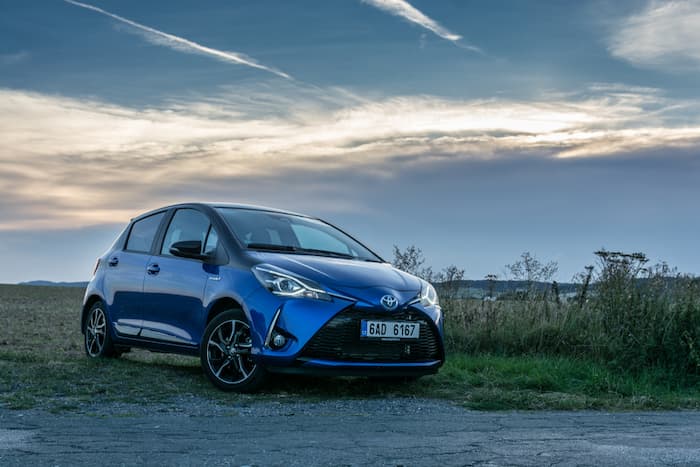
A well-known small car model, the Toyota Yaris offers high performance and even higher fuel efficiency.
This model consumes 4.9 L/100 km and is capable of driving for an average range of 816 km. [10]
Pros:
-
Powerful engine
-
Impressive fuel economy
-
High-quality safety equipment
Cons:
-
Expensive price for this model
-
High running costs
-
Limited legroom in the second row (back seats)
Read the full review on the Toyota Yaris from our friends at Chasing Cars.
Mazda 2
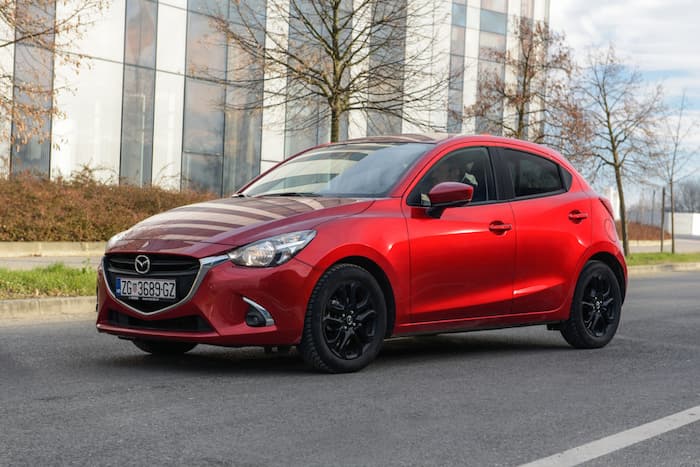
The Mazda-2 continues to be a popular small-car model in Australia. The size of this model allows it to be more fuel efficient than other models on the market.
This model consumes 5.4 L/100 km and drives for an average range of 814 km. [10]
Pros:
-
Fuel efficient
-
Higher-quality interior materials
-
Improved safety technology
Cons:
-
Expensive price for this model
-
Loud road noise
-
Less practical than some competitors
Read the full review of the Mazda 2 from our friends at Chasing Cars.
Suzuki Swift
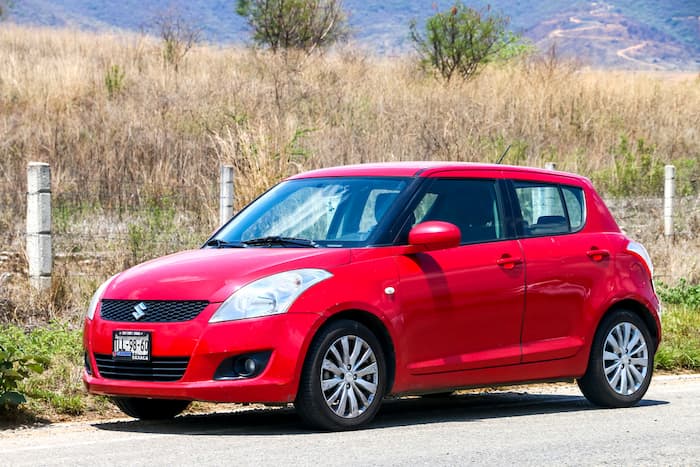
The Suzuki Swift has long been known as the best first car for learner drivers. It’s compact, inexpensive and is a mainstay on our roads.
This model consumes 4.6 L/100 km and has an average range of 804 km. [10]
Pros:
-
Fuel efficient
-
Cost-effective
-
Ideal for learner drivers
Cons:
-
Models with smaller engines deliver less fuel economy
Read more about the Suzuki Swift from our friends at Chasing Cars.
Key Takeaways
Fuel efficiency is dependent on several factors for each model:
Average fuel consumption
Average driving range
Average fuel prices (diesel and petrol prices)
With the majority of Australia’s fuel sourced from overseas, petrol prices and diesel prices will change based on movements in the Australian dollar, production and import costs, wholesale prices of fuel as well as transport costs associated with moving fuel across large distances. [3]
In 2022, the Department of Climate Change, Energy, the Environment and Water proposed a consultation paper for the National Electric Vehicle Strategy. With this strategy, the department is not only aiming to expand EV uptake but also make EVs more affordable and ultimately save Australians money on fuel. [4]







